Home>Renovation & DIY>Tools & Equipment>What Grit Sandpaper For Stairs
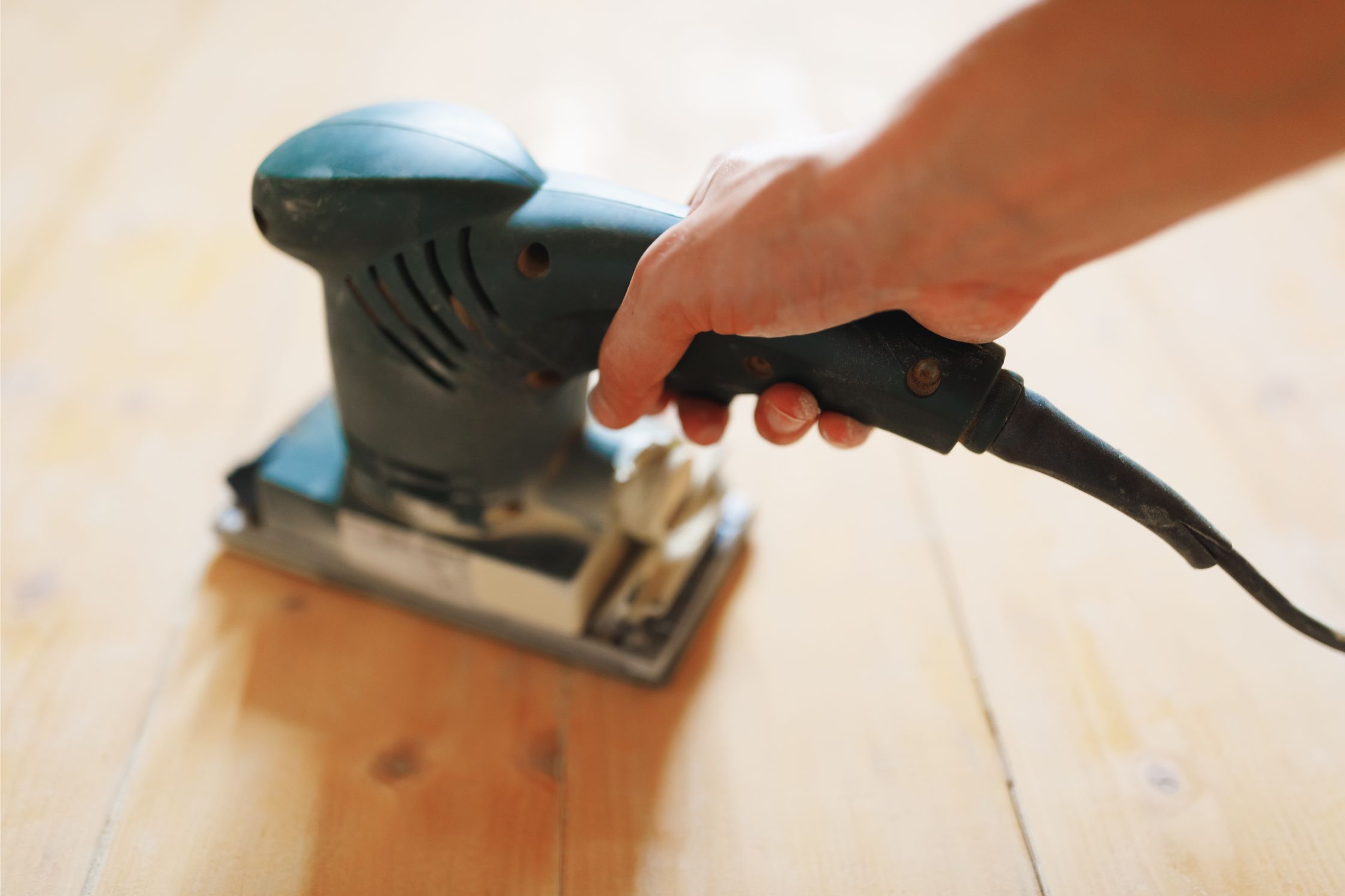

Tools & Equipment
What Grit Sandpaper For Stairs
Modified: January 4, 2024
Looking for the right grit sandpaper for your stairs? Find the tools and equipment you need to achieve a smooth and professional finish.
(Many of the links in this article redirect to a specific reviewed product. Your purchase of these products through affiliate links helps to generate commission for Storables.com, at no extra cost. Learn more)
Introduction
When it comes to maintaining and renovating our homes, there are often specific areas that require extra attention. One such area is our stairs. Over time, stairs can become worn, scuffed, and in need of a refresh. To tackle this task effectively, it is important to have the right tools at hand. One essential tool for refinishing stairs is sandpaper. However, not all sandpapers are created equal. The grit of the sandpaper plays a crucial role in determining the outcome of your stair refinishing project.
In this article, we will delve into the world of grit sandpaper and explore the best options to use when refinishing stairs. By understanding the different grits available and the factors to consider, you will be able to choose the most suitable sandpaper for your stair refurbishment project. Let’s dive in!
Key Takeaways:
- Choose lower grit sandpaper (60-80) for initial sanding to remove imperfections, then move to medium grit (100-120) for smoothing, and finish with finer grit (150-220) for a polished staircase.
- Consider wood type, condition of stairs, personal preference, and time when selecting grit. Experiment with different grits on a small area to find the ideal finish.
Read more: What Grit Sandpaper For Stair Railing
Understanding Grit Sandpaper
Before we discuss which sandpaper grit to use for stairs, let’s first understand what grit sandpaper is and how it works. Grit refers to the level of coarseness or fineness of the sandpaper’s abrasive surface. It indicates the number of abrasive particles per square inch on the sandpaper. The higher the grit number, the finer the sandpaper and the smoother the finish it will produce.
Sandpaper is categorized into different grit ranges, often labeled with numbers such as 60, 80, 120, 220, etc. Lower grit numbers, such as 60 or 80, are coarse and suitable for rough sanding tasks that require material removal. Higher grit numbers, such as 120 or 220, are fine and ideal for final smoothing and finishing.
When using sandpaper, it is important to start with a lower grit to remove any stubborn imperfections or existing finishes on the stairs. Then, gradually move up to higher grits for a smoother and more polished surface. This process allows for a consistent and even result.
It is worth noting that when sanding stairs, you may need to use different grits for different parts of the stair surfaces. For example, a coarser grit may be more suitable for the steps themselves, while a finer grit may be better for sanding the handrails or spindles.
Factors to Consider for Stairs
When selecting the appropriate grit sandpaper for your stair refinishing project, there are several factors to consider. These factors will help determine the best grit for your specific needs. Let’s take a closer look:
- Type of Wood: The type of wood used for your stairs can influence the choice of sandpaper grit. Softer woods, such as pine or cedar, may require a finer grit to prevent excessive material removal. Harder woods, like oak or mahogany, can withstand coarser grits for efficient sanding.
- Condition of the Stairs: If your stairs are in relatively good condition with minor imperfections, a medium grit sandpaper (around 80-120) might suffice. However, if the stairs have deep scratches, dents, or multiple layers of paint or varnish, you may need to start with a lower grit (60-80) and work your way up.
- Personal Preference: Some individuals prefer a smoother finish, while others may prefer a slightly more rustic feel. Personal preference ultimately determines the final grit choice. It’s important to test different grits on a small, inconspicuous area to see which finish you prefer.
- Time and Effort: Coarser grits (60-80) remove material faster, but they also leave a rougher surface. Finer grits (120-220) provide a smoother finish but require more time and effort. Consider the amount of time and effort you are willing to invest in the project when selecting the grit.
- Additional Tools: Remember to consider the other sanding tools you may be using in conjunction with sandpaper, such as sanding blocks or power sanders. These tools can affect the overall performance and efficiency of the sandpaper grit.
By taking these factors into account, you can choose the most suitable grit sandpaper for your stair refurbishment, ensuring optimal results that meet your expectations.
For sanding stairs, start with 80-grit sandpaper to remove old finish or paint. Then, switch to 120-grit for a smoother finish before applying new stain or paint.
Recommended Grit Sandpaper for Stairs
Now that we understand the basics of grit sandpaper and the factors to consider, let’s explore the recommended grits for sanding stairs:
- Initial Sanding: If your stairs have significant imperfections, deep scratches, or old finishes, start with a lower grit sandpaper, such as 60 or 80. This coarser grit will help remove layers of paint or varnish effectively and level out any rough spots or damage.
- Intermediate Sanding: After the initial sanding, you can move on to a medium grit sandpaper, around 100-120. This grit will help smooth out the surfaces further, removing any remaining marks or unevenness left by the coarser grit. It prepares the stairs for the final sanding phase.
- Final Sanding: For the final sanding, use a finer grit sandpaper, such as 150-220. This grit will give the stairs a smooth and polished finish, ensuring a comfortable grip and an aesthetically pleasing appearance. It is ideal for achieving a professional-looking result.
- Handrails and Spindles: When sanding handrails or spindles, it is recommended to use a finer grit sandpaper, around 180-220. These areas are often more intricate and require more attention to detail. The finer grit will allow for better control and precision in achieving a smooth and flawless finish.
Remember to always sand in the direction of the wood grain to avoid damaging or scratching the surface. Take breaks between sanding to assess your progress and ensure you are achieving the desired result.
It is worth mentioning that every stair refinishing project may have unique requirements, so these grit recommendations serve as a general guideline. Adjust the grit size based on the condition of your stairs, personal preference, and the wood type.
By using the recommended grit sandpaper for each stage of the stair refurbishment process, you can achieve a beautiful and professionally finished staircase that will enhance the overall appearance of your home.
Conclusion
Sanding stairs is a meticulous and important step in refinishing or renovating your home. Choosing the right grit sandpaper can make all the difference in achieving a smooth, polished, and professional-looking finish. By understanding the different grits available and considering factors such as wood type, condition of the stairs, personal preference, time, and additional tools, you can make an informed decision on the appropriate grit sandpaper to use.
Starting with a lower grit to remove imperfections and old finishes, then progressing to medium and finer grits for smoothing and polishing, will help you achieve optimal results. Remember to take breaks, assess your progress, and sand in the direction of the wood grain for best results.
Ultimately, the recommended grit sandpaper for stairs may vary depending on the specific project and your personal preferences. Experimenting with different grits on a small test area can help you determine the ideal grit for your desired finish.
With the right grit sandpaper and proper technique, you can breathe new life into your staircases, restoring their beauty and ensuring they remain a stunning focal point in your home. So roll up your sleeves, gather your sandpaper, and get ready to transform your stairs into a masterpiece.
Remember, the journey of refinishing your stairs can be a rewarding one, giving you a sense of accomplishment and satisfaction in enhancing your home’s aesthetics. So go ahead and take on this project, armed with the knowledge of grit sandpaper, and enjoy the process of creating a stunning staircase that will be admired for years to come.
Frequently Asked Questions about What Grit Sandpaper For Stairs
Was this page helpful?
At Storables.com, we guarantee accurate and reliable information. Our content, validated by Expert Board Contributors, is crafted following stringent Editorial Policies. We're committed to providing you with well-researched, expert-backed insights for all your informational needs.
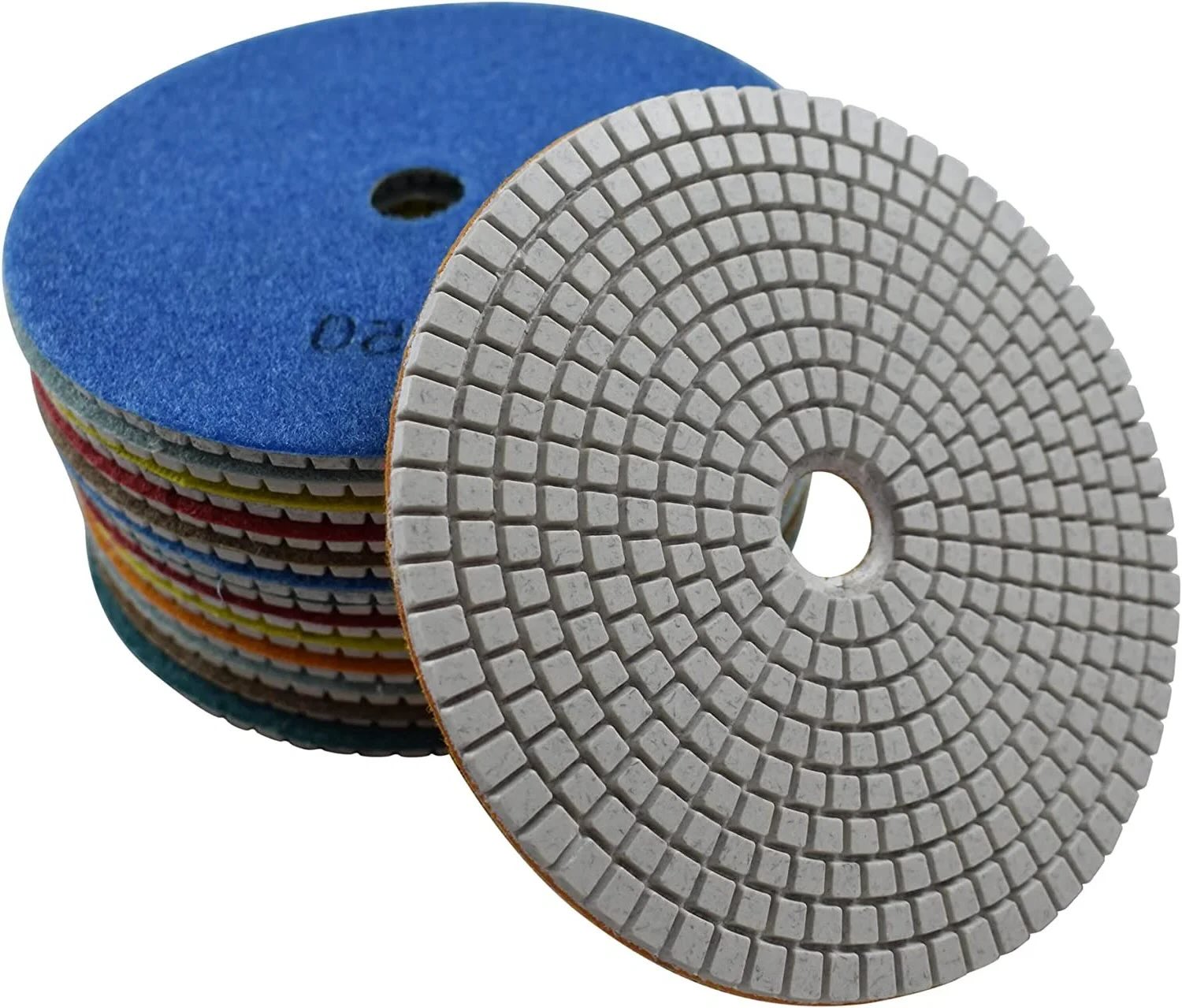



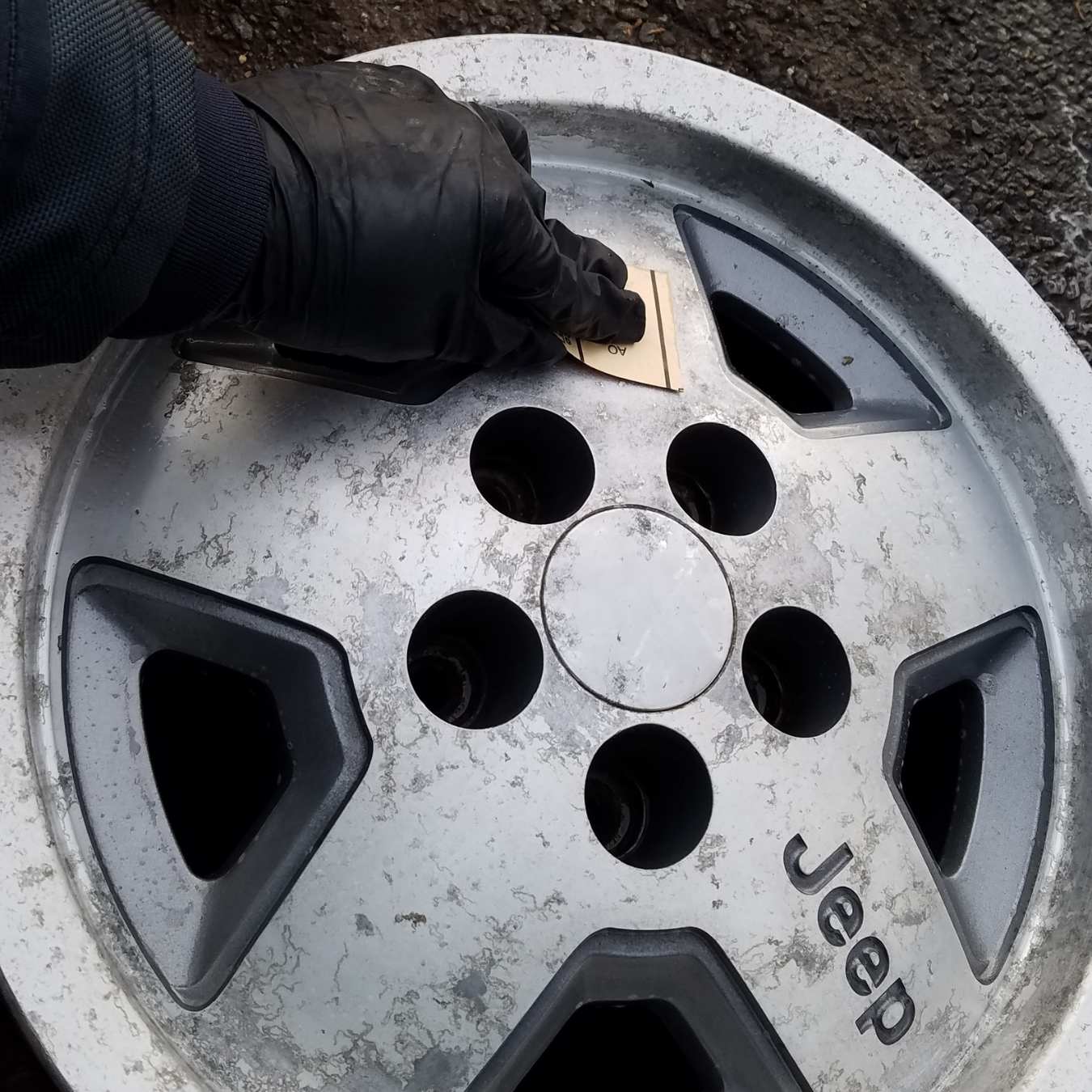

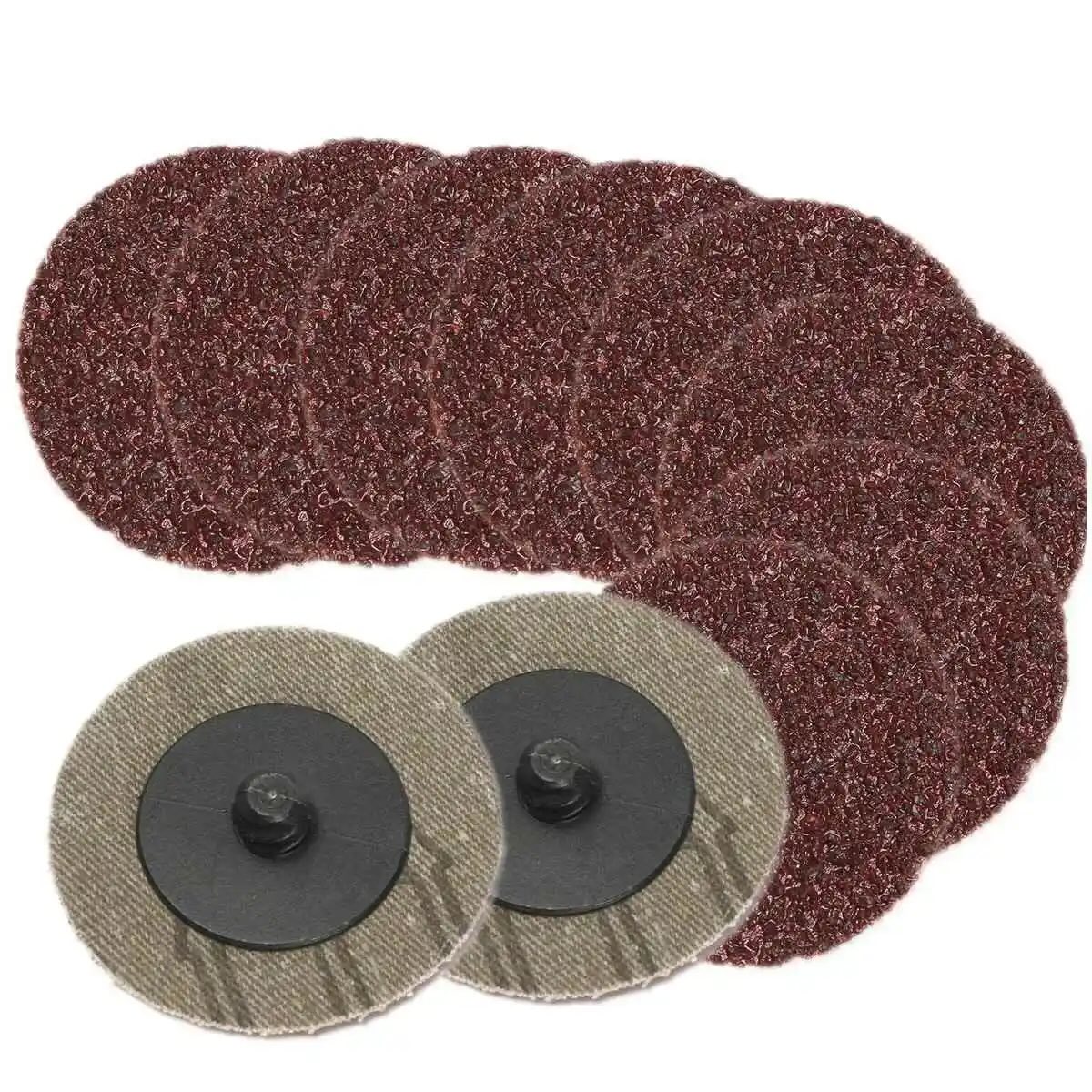
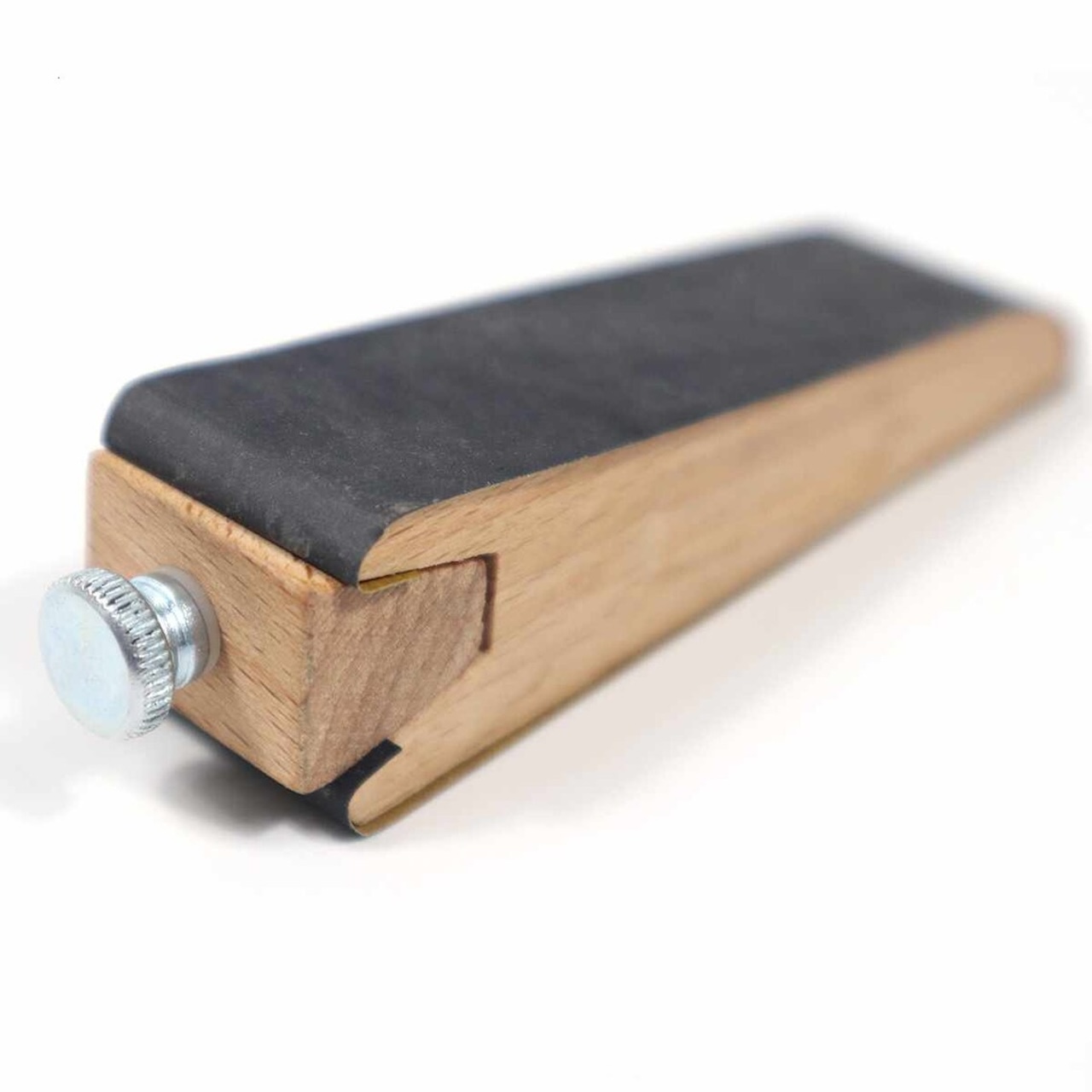
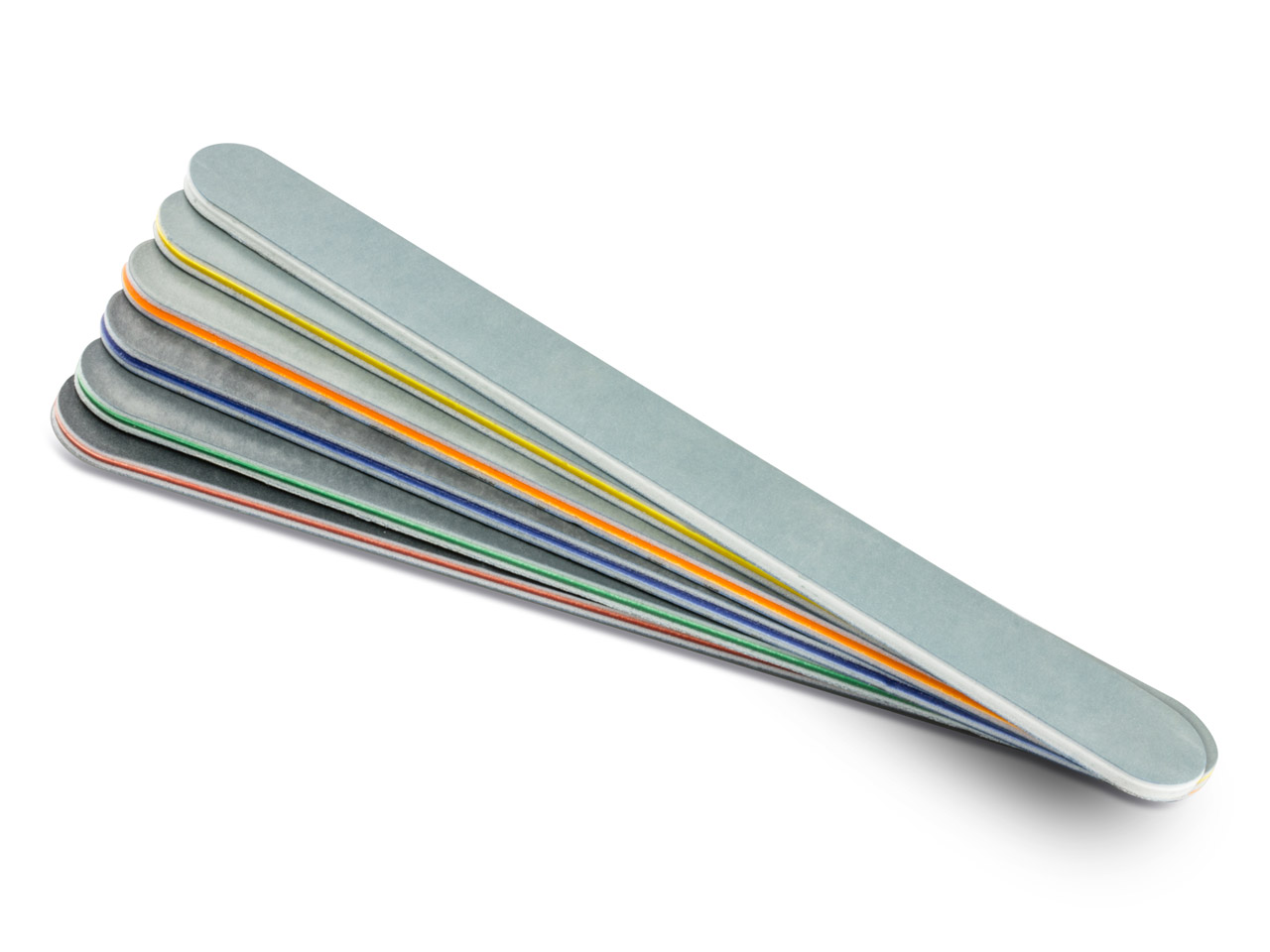
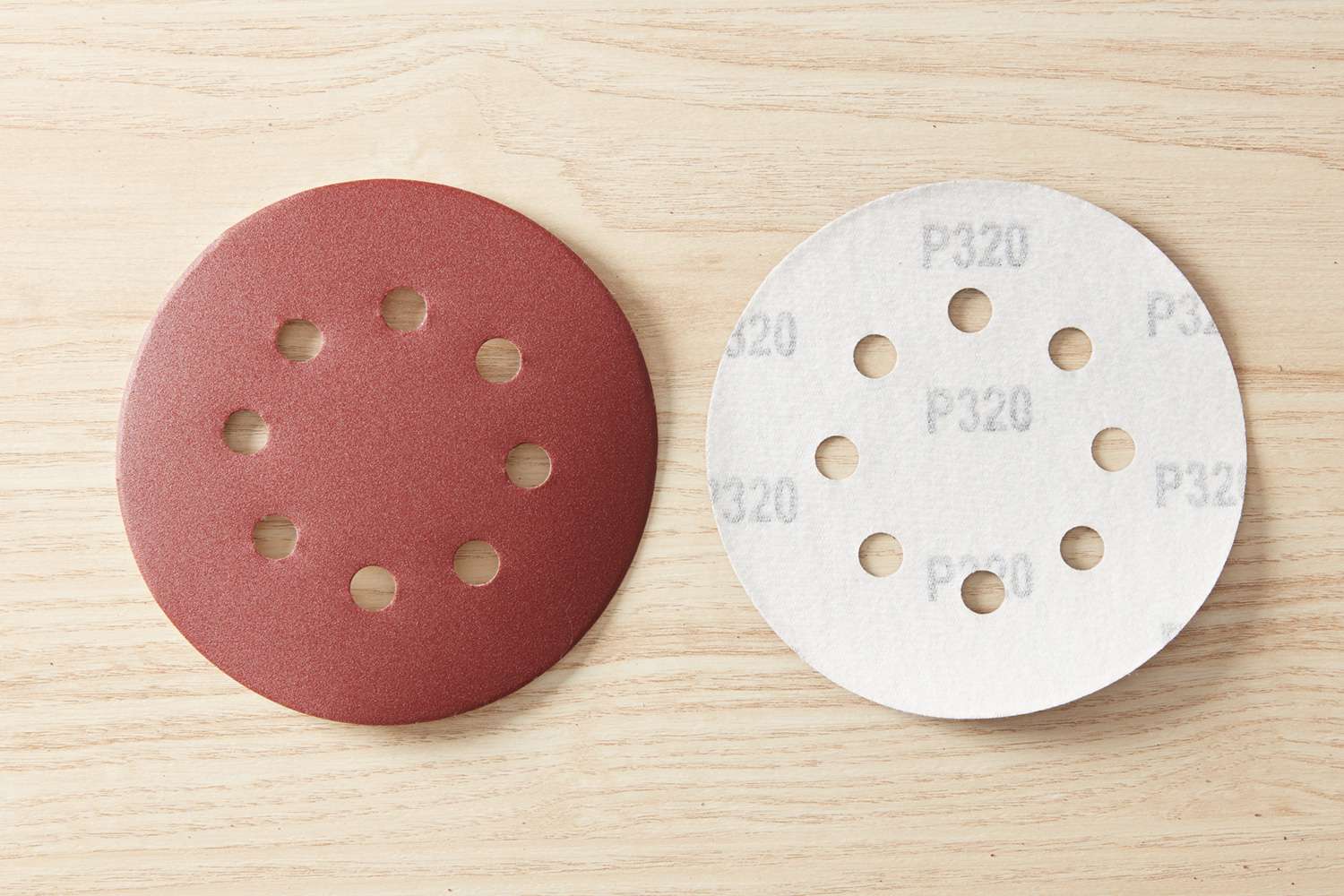
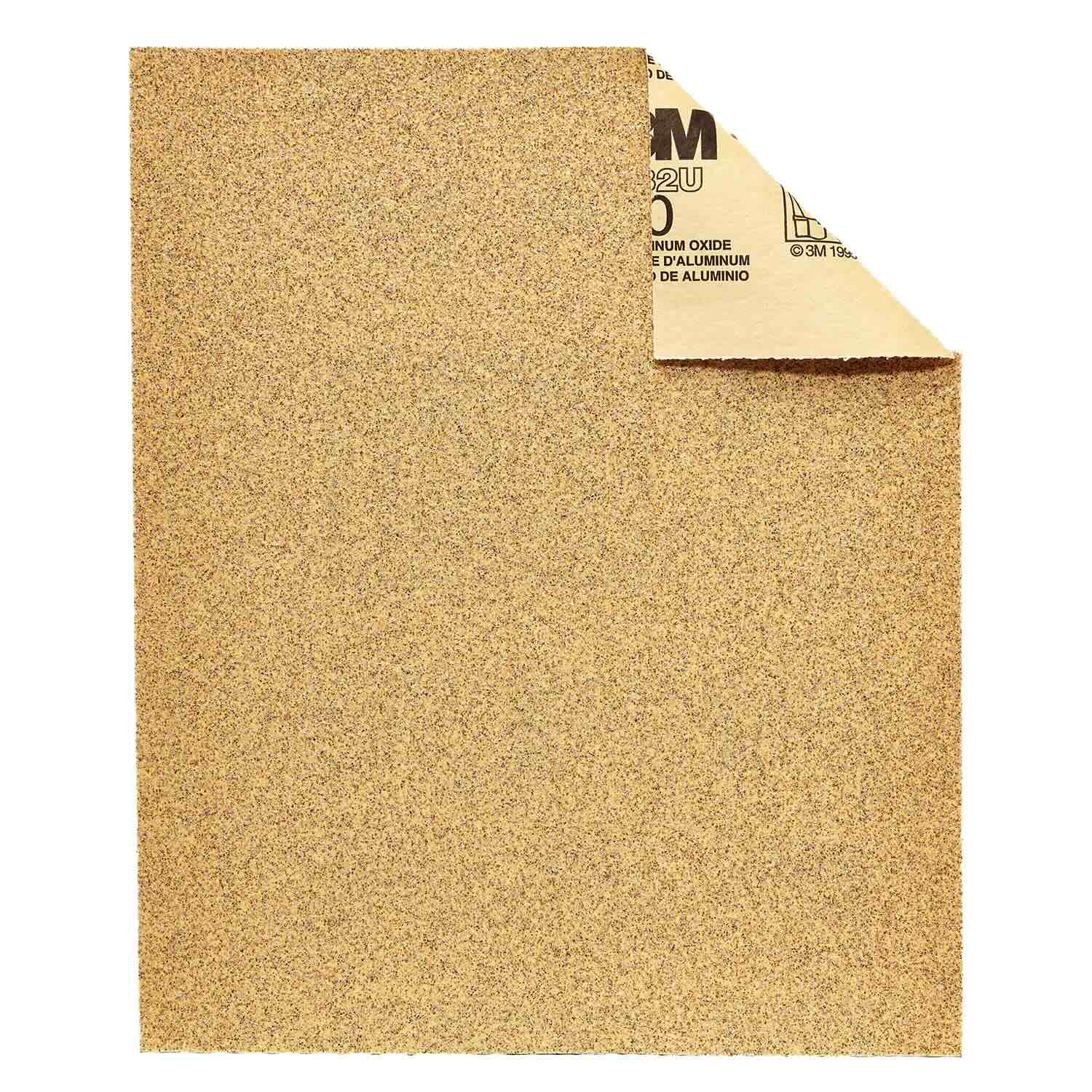
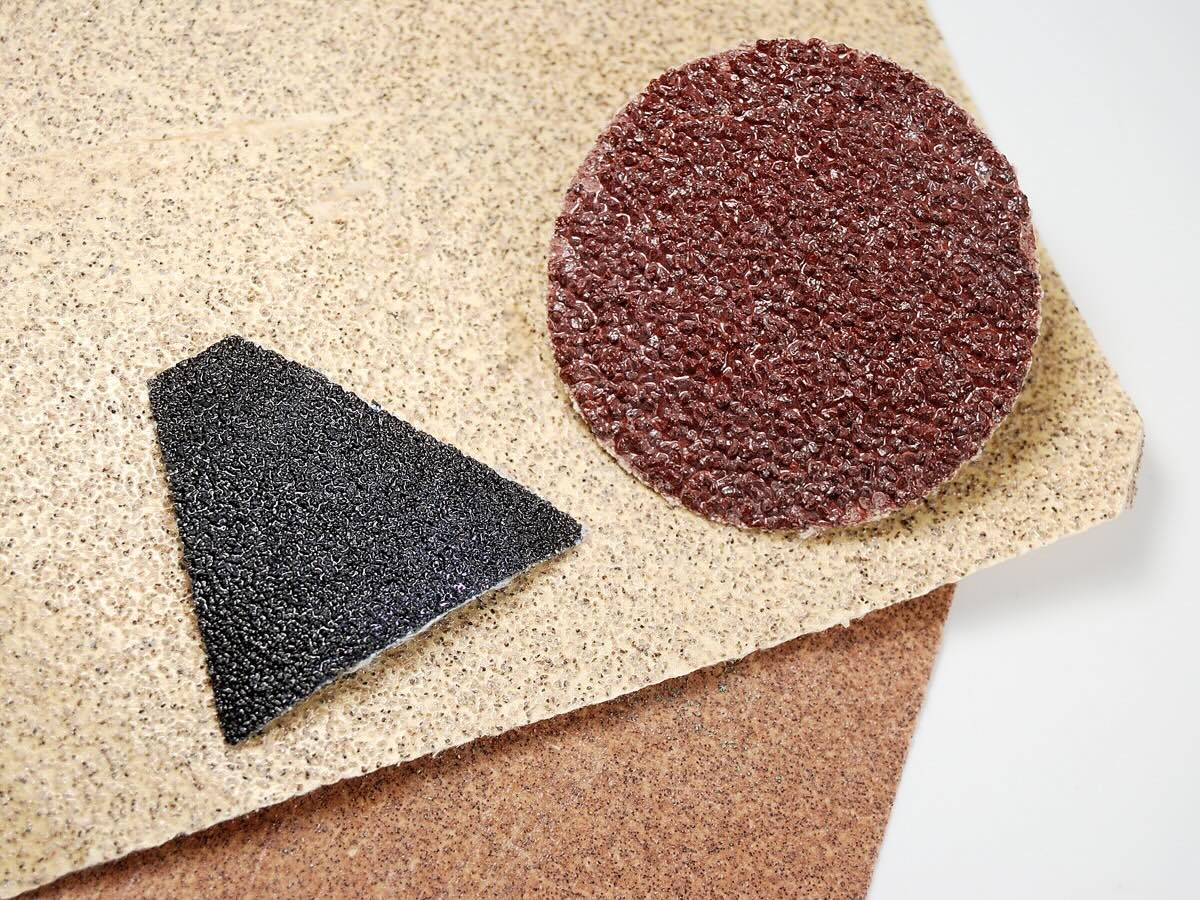
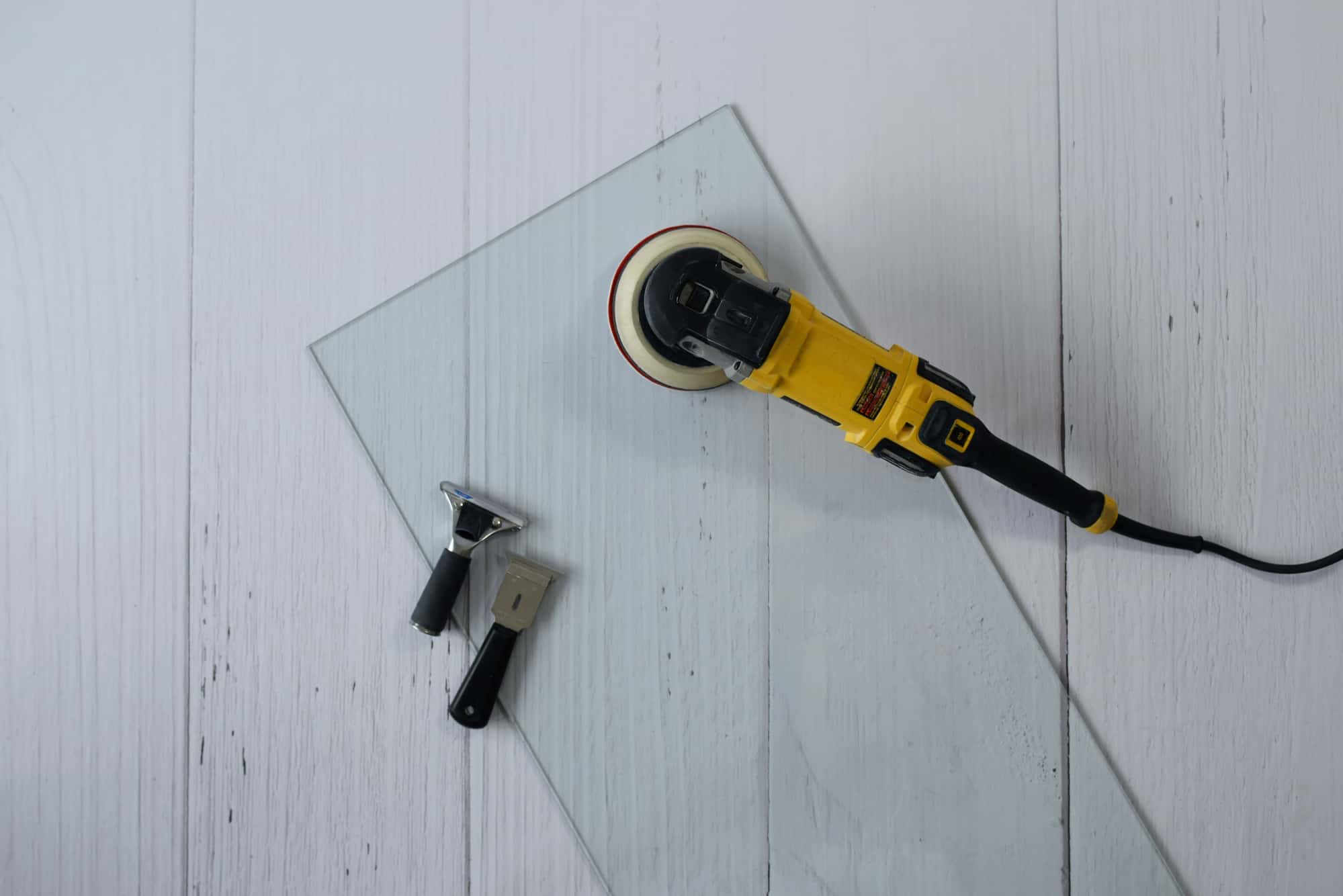
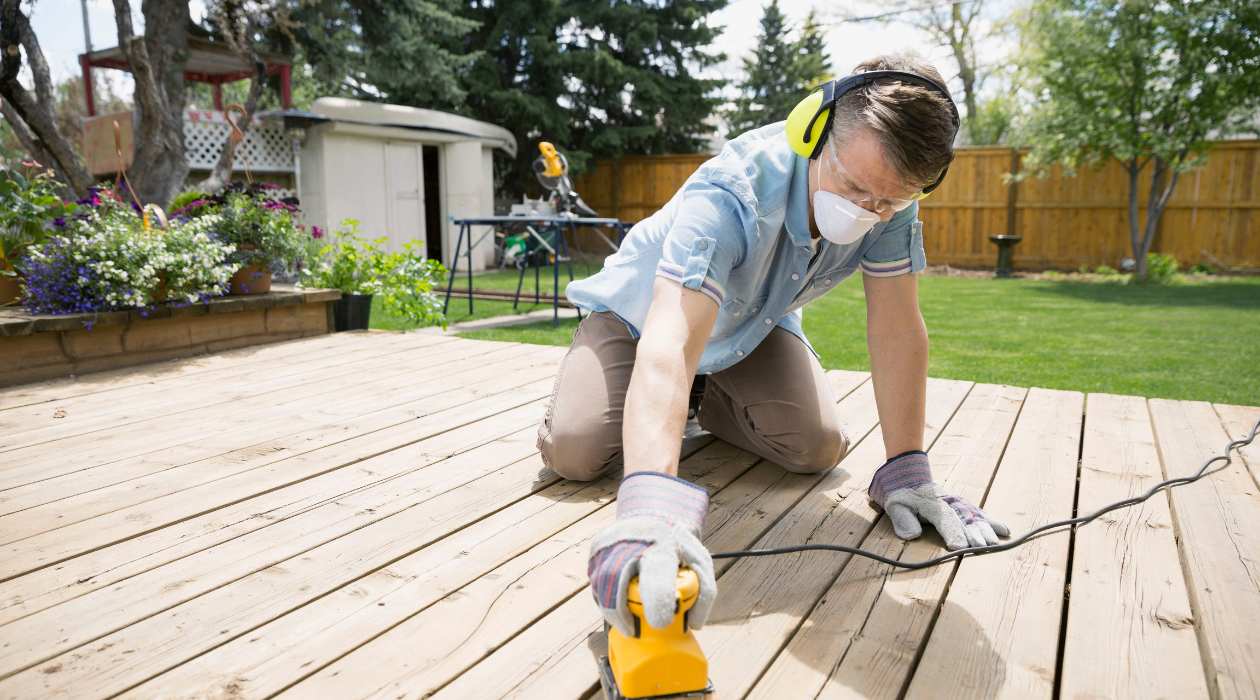
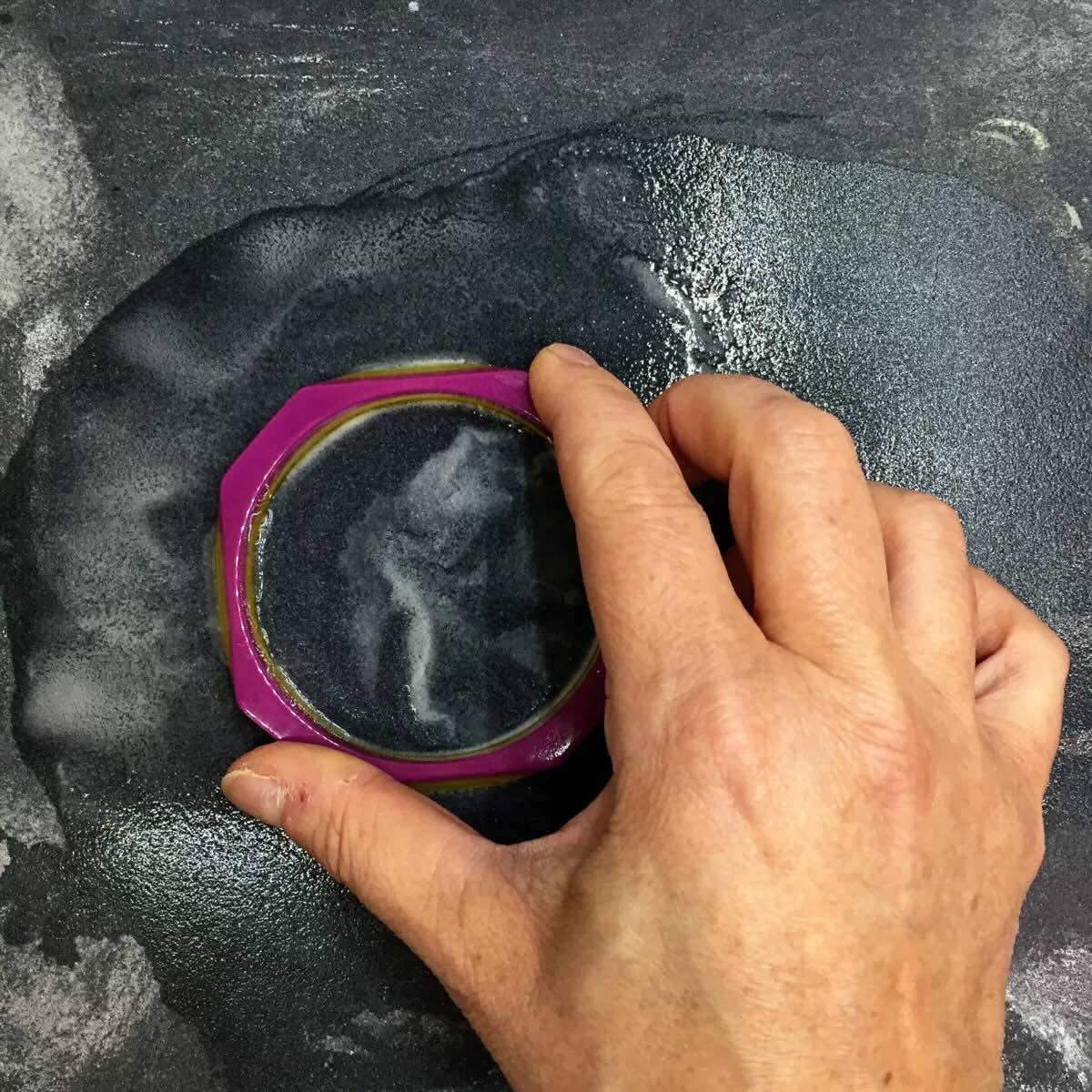

0 thoughts on “What Grit Sandpaper For Stairs”